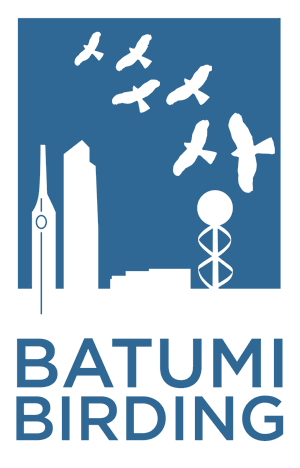Mtirala literally means ‘crying’, which refers to the high annual rainfall in the park, exceeding 3,000mm in some parts. Here, the Lesser Caucasus mountain range is covered in lush beech and chestnut forests, with an understory of evergreen shrubs. The area is notably rich in Colchic endemics (the Colchic region is a forested strip along the East Black Sea Coast, running from East Turkey to the Russian Caucasus). Moreover, in May and late September, the mountains are covered in pink and yellow by flowering rhododendrons.
Almost all European species of woodpecker can be found here: Greater, Middle and Lesser Spotted, Green and Grey-headed, Black and White-backed. Late winter and early spring are the best seasons to find them. The woods also hold many Red-breasted Flycatchers and Green Warblers, while Dippers and Grey Wagtails can be spotted along the Chakvistskali river. Of particular interest are several rare species of reptiles and amphibian that can be found inside the park: Caucasian Salamander, Clark’s Lizard and Caucasian Viper. From March to June you should also keep your eyes open for the Caucasian Festoon, a brightly coloured butterfly which only occurs along the Eastern Black Sea coast.
Caucasian Salamander. Photo by Bart Hoekstra.
In summer and early autumn, the forested mountains offer a welcome refreshment after the hot coastal lowlands. The river is always cold, but excellent for swimming, particularly in a small, natural lake – which is a bit hard to find though. The small and authentic village of Chakvistavi has a number of restaurants which offer tasty local food and fresh drinks. You can also stay overnight in a local homestay and enjoy the quiet beauty of the mountains at night. The park offers about 15kms of trails, some of which are of moderate difficulty and involve a change of over 1000 meters of altitude, while those along the river are easy and allow a leisurely walk.

